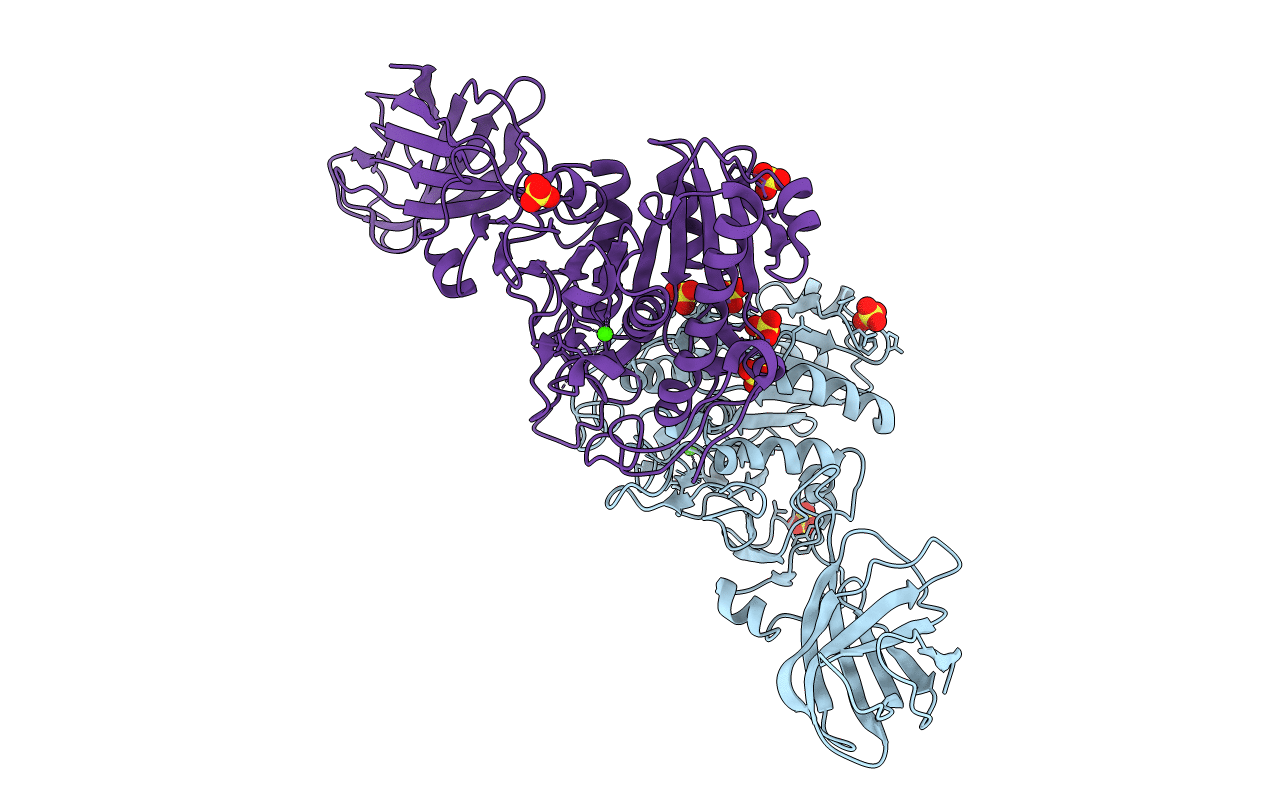
Deposition Date
2007-05-10
Release Date
2007-12-18
Last Version Date
2024-10-16
Entry Detail
PDB ID:
2PVS
Keywords:
Title:
Structure of human pancreatic lipase related protein 2 mutant N336Q
Biological Source:
Source Organism:
Homo sapiens (Taxon ID: 9606)
Host Organism:
Method Details:
Experimental Method:
Resolution:
3.00 Å
R-Value Free:
0.24
R-Value Work:
0.18
R-Value Observed:
0.19
Space Group:
I 41 2 2


